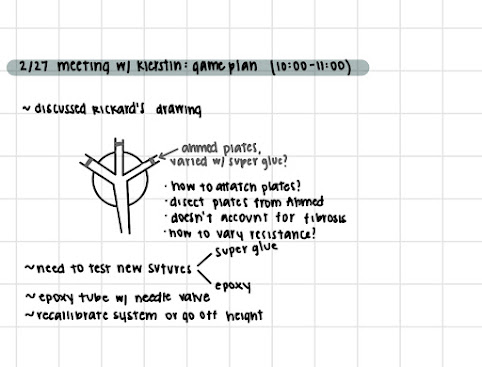W8S2

Merging on FEBio: When merging suture and tubing through FEBio the components do stay together - best to input both items and merge them then apply mesh, material, load, etc. Problem: when applying pressure the tubing does not seem to move or expand I am going to play around with applying loads on different parts of the tubing **first attempt I applied load in the inside of the tubing and around the outside of the suture Attempted on dragging CAD file into FEBio with the product already merged it failed it looks like assembled parts cannot be inputted even though it is an STL file **When drawing the tubing alone and the suture alone they can be inputting into FEBio but the meshing is all messed up and I have not figure out how to fix it it is much easier to draw it inside FEBio When merging on Fluid Mechanics: the suture does not stay when simulation is applied going to try merging it in SM then switch it to fluid mechanics...





